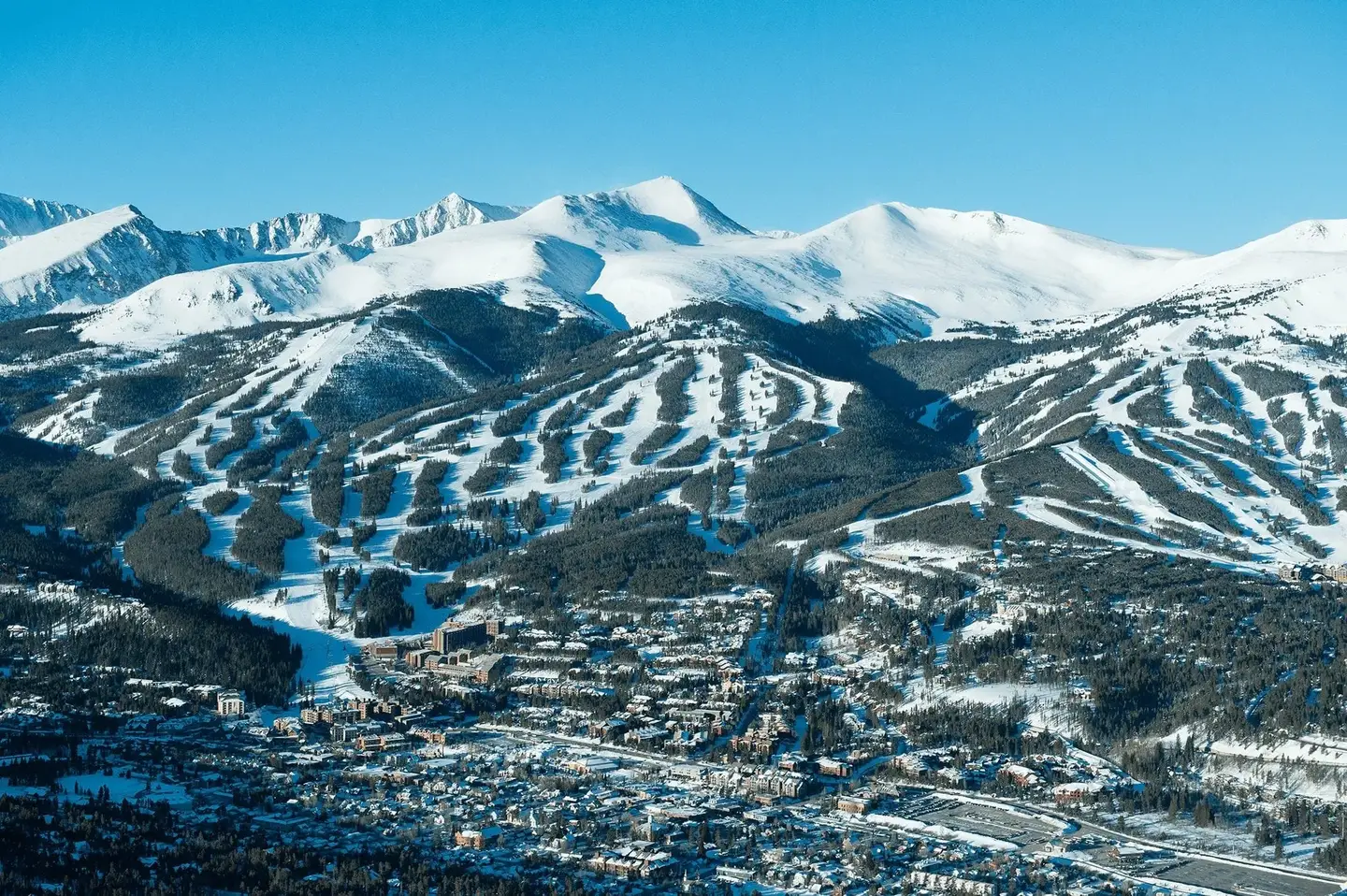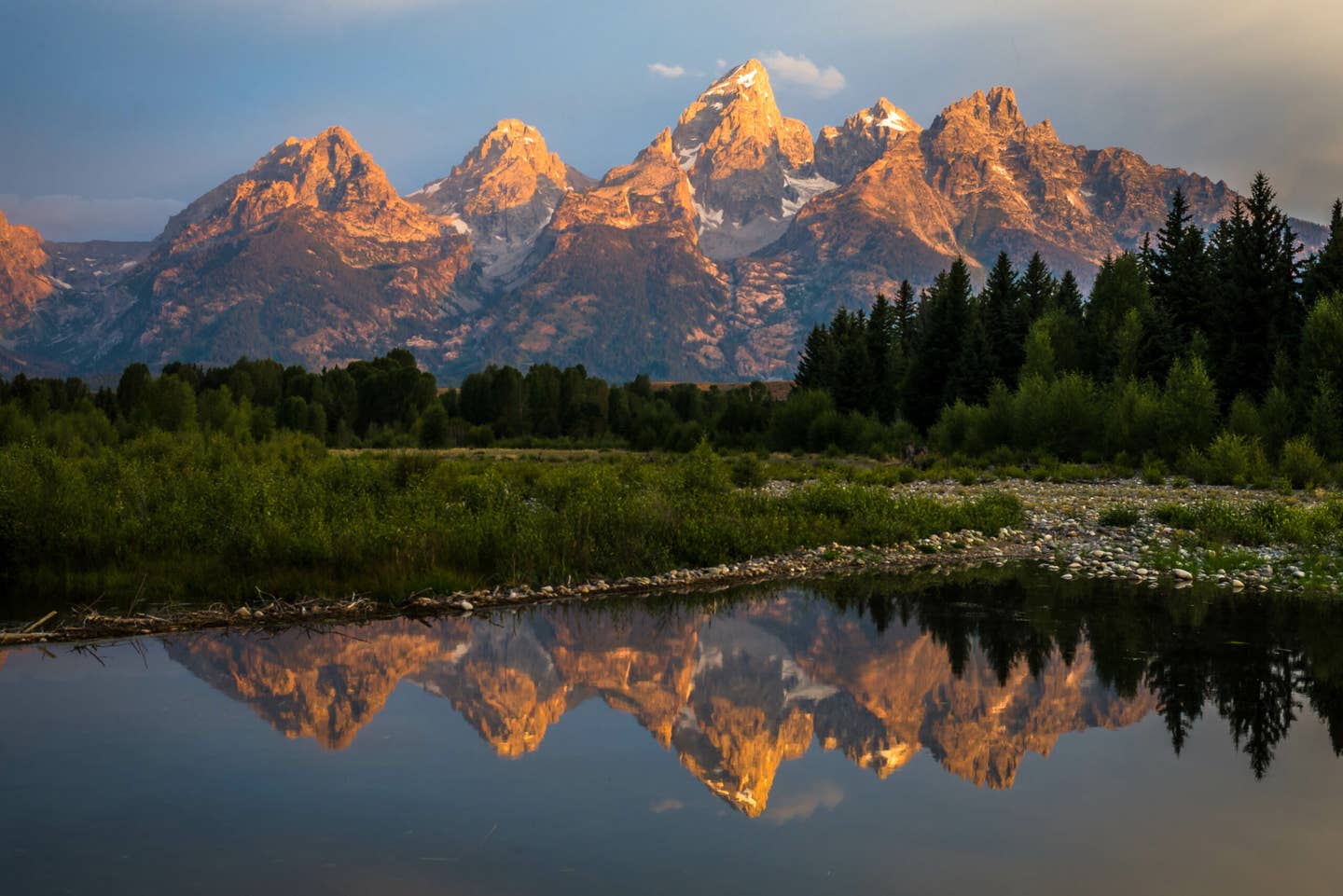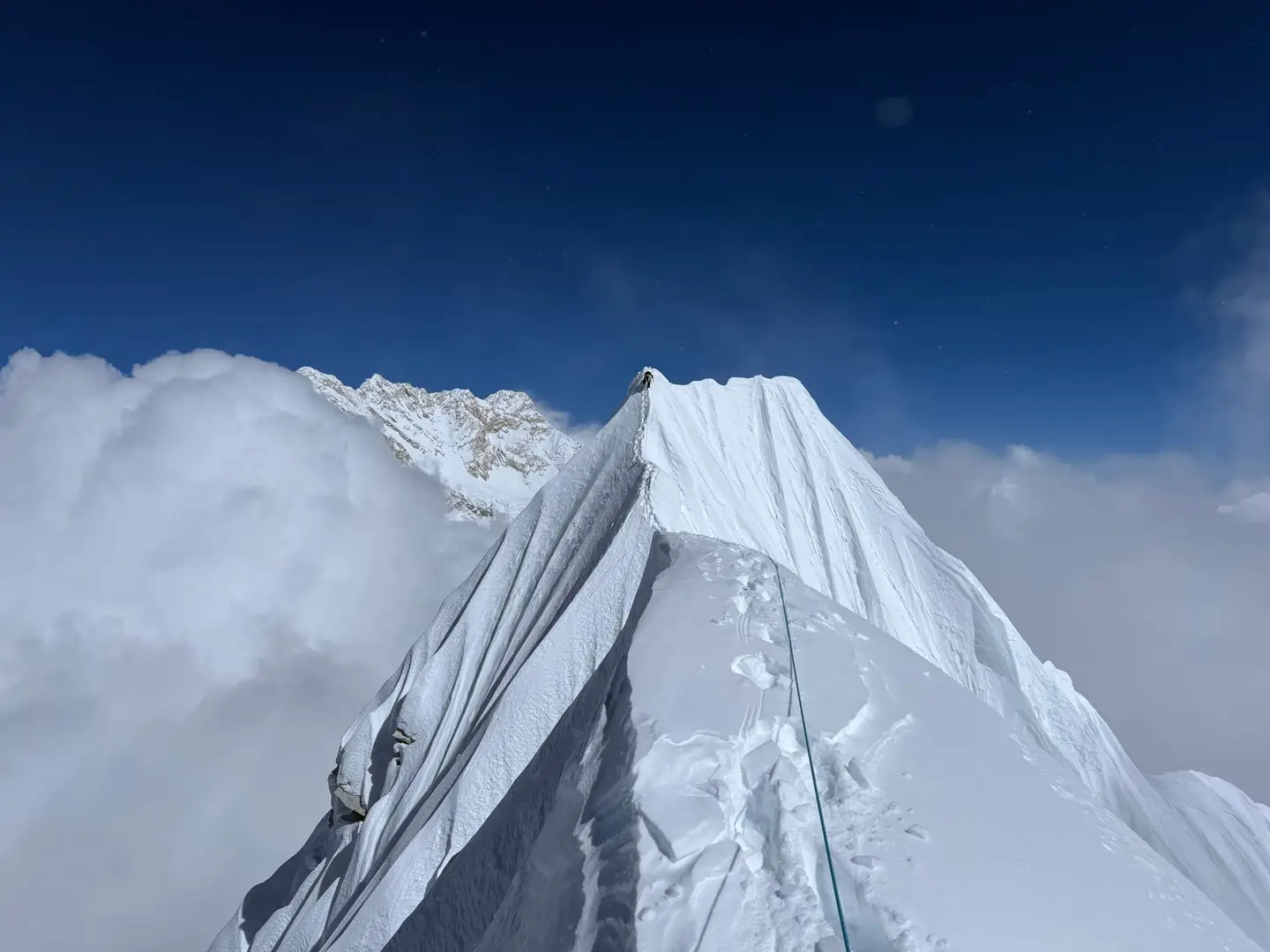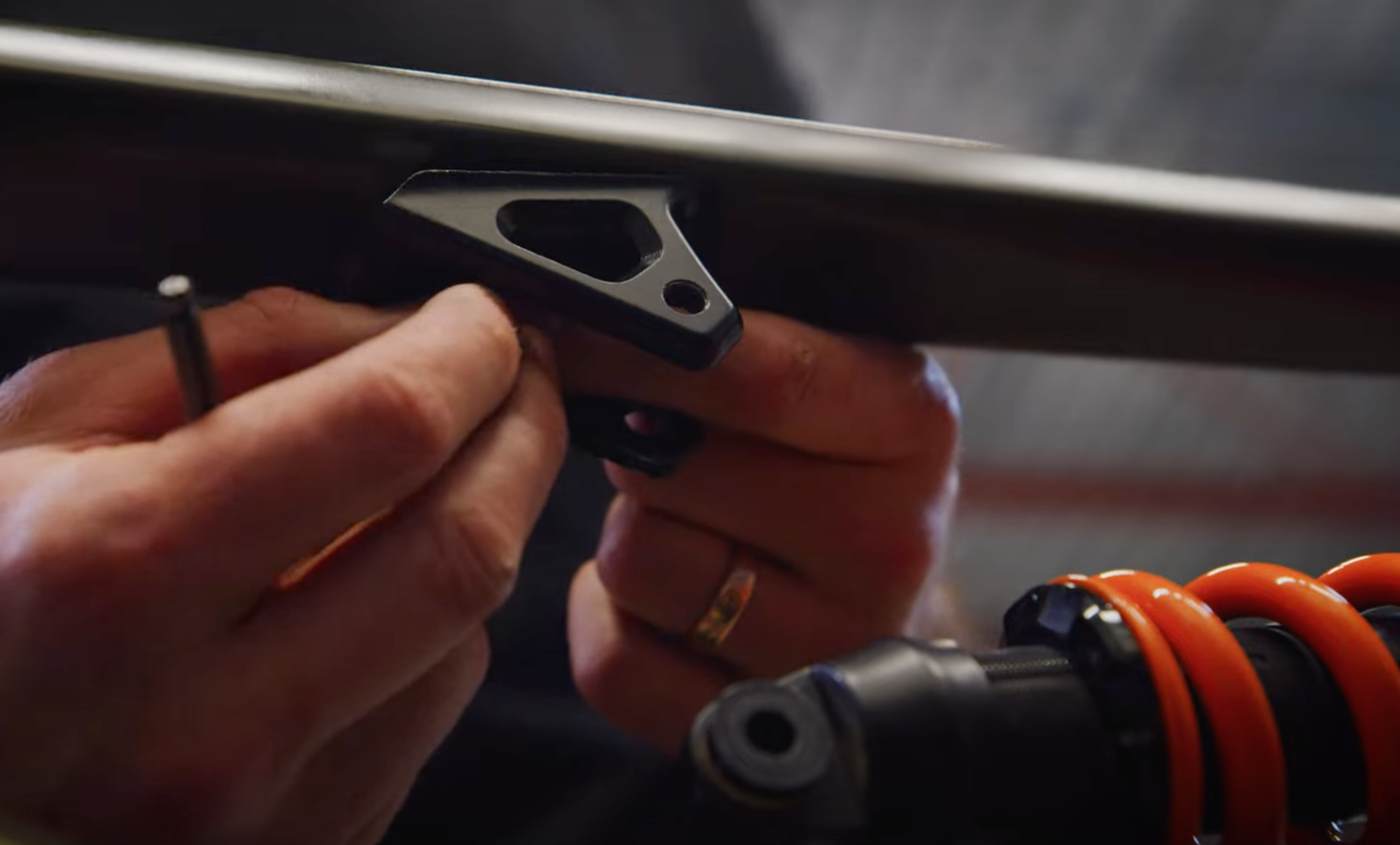

TGR Tested: Rocky Mountain Altitude MX Mount Review
Popular Stories
Mullets have been all the rage these days in the bike world, sprouting up not just as a hairstyle spilling out the back of helmets, but also as a way to give your bike a very unique handling feel. The “business in the front, party in the back” mentality is of course in reference to mixed wheel sizes, 29-inch out front, with a smaller 27.5-inch wheel in the back. In theory, the bigger wheel out front gives your bike the ability to roll over and plow through chunk, while the smaller rear wheel allows for more maneuverability, easier cornering, and a more playful character overall. However, most bike frames aren’t designed to just allow you to slap a different wheel on either end without seriously compromising the handling. For example, drop a 27.5” wheel into a full-29 bike, and you likely drop your bottom bracket height so low that you’ll pedal strike left and right. On the other hand, switching to a 29” front end will force you to get a new fork and will likely raise the front end of the bike and slacken it out too much. Luckily, lots of clever bike designers have been finding ways to “hack” your frame to keep geometry, suspension feel and handling within an acceptable window, and Rocky Mountain just joined the fray with the new MX Mount for their Altitude and Altitude Powerplay enduro bikes. It’s a product that was designed with direct input from their pro riders Thomas Vanderham and Andreane Lanthier-Nadeau. We tested the Altitude last year (it was, and still is one of my favorite bikes I’ve ever ridden) so I bolted the MX mount to that frame with a mixed-size wheelset to see what the hype was all about.
Installation:
Installing the MX mount is a hassle-free affair. Other than the wheelset swap, all that changes is the machined metal bit that connects your front shock eyelet to the carbon front triangle. The difference between the MX mount and the standard one is subtle – the bolt hole moves slightly to the rear and down. Installation is simple: It requires removing and re-tightening three bolts. The Altitude comes equipped with Rocky Mountain’s Ride-9 geo adjust system, and it’s worth noting that the MX mount is only designed to work with the shock in positions 1-5. I tend to run mine in the neutral Position 5. Rocky says that due to the slightly increased rear travel, you might have to add some air pressure or increase the spring rate of your rear shock to achieve the right sag. Adding a few PSI did the trick.
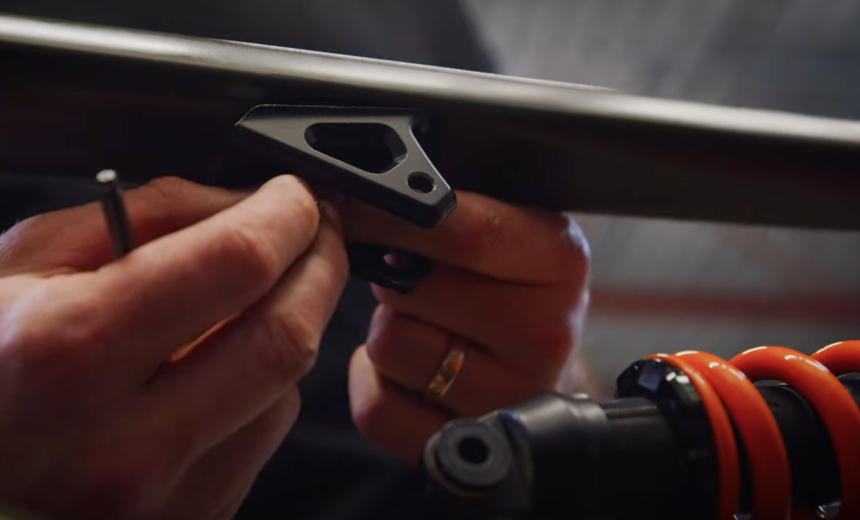 The MX link is an easy install, and will bring a whole new character and ride feel to your Altitude. | Rocky Mountain photo.
The MX link is an easy install, and will bring a whole new character and ride feel to your Altitude. | Rocky Mountain photo.
The Ride:
Dropping into one of our local DH trails here in Jackson, I could immediately tell the difference in how a bike I had become intimately familiar with over a season of riding felt. I never considered the Altitude to be a super playful bike, instead it loved high speeds and skipping and floating over jank and tech. In other words, it was an extremely fast race bike – something it had proven over and over again under the feet of the Rocky Mountain Enduro Team at the EWS. With the addition of the smaller rear wheel, the bike gained a whole new character, becoming much poppier and more playful, somehow without compromising its high-speed handling. Over the last few months of riding, I have learned that I do in fact appreciate a slightly smaller bike, especially for twisty, steep trails. While the full-29 Altitude was never really that difficult to corner, the smaller rear wheel now makes the bike seemingly effortless to tip over into turns especially when things got steep. The bike definitely feels a little more sluggish on the uphills with the smaller rear wheel, but for enduro-style riding that’s not a dealbreaker in my book.
Sign Up for the TGR Gravity Check Newsletter Now
The Bottom Line:
While there’s absolutely nothing wrong with the Rocky Mountain Altitude as a full 29-inch enduro race bike, the option to now give it a smaller rear wheel breathes new life into an already awesome bike. It changes the character of the speed-hungry enduro brawler into a more playful machine (that can still hold a line and begs you to let off the brakes). If you already own an Altitude (or are thinking of getting one) and see yourself using the bike primarily for shuttle laps or enduro rides, dropping the extra $136 to give yourself that “party in the back” mode seems more than worth it.
